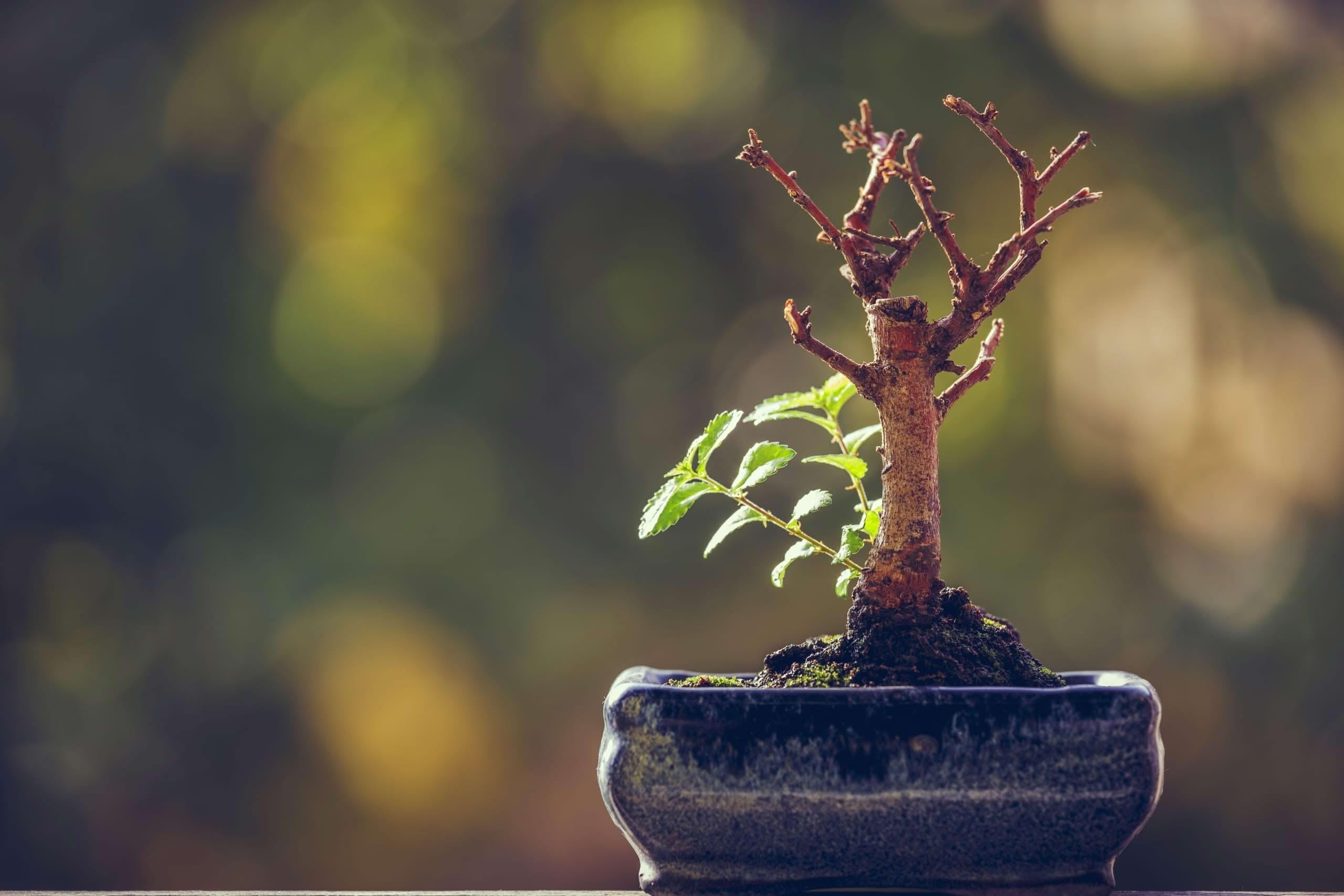
7 Tips to RESTORE the Hearts and Minds of Students
Learn how principals and teachers can better support students struggling with crisis in their lives.
Being an administrator is like leadership on a rollercoaster, with gravity-defying learning curves. So many children wrestle with some form of crisis. The impact is everywhere. I know because I was one of those children.
I always loved learning. Small, palm-sized spiral notebooks flooded with drawings of hieroglyphics and ancient Egyptian pyramids, questions about geodes and their properties, stories of mystery and faraway adventure, song lyrics of Broadway dream roles, sketches of immortal characters from an imagination that felt, at times, too big for a little boy’s body. In kindergarten and first grade, cue the years of diagnoses and doctor’s visits, trouble in school, corporal punishments, confusion and collateral damage, wars waged at home, the collapse of the learning, and that child who went with it.
The impact lasted much of my adult life. But along the way, a few trustworthy adults who told me I didn’t have to be scared anymore. It was those people, and their deeply personal efforts to help me climb out and thrive, that placed me in my role today. So I use my experience—and all of the life lessons these role models instilled in me—to do my best to support students who also are dealing with crisis in their lives.
Investing in Students
Working in schools with deeply affected populations requires a growth mindset approach to navigating challenging social-emotional behaviors of students. I simply cannot accept that we, as a country, are in the business of disciplining children as the primary practice for redirecting behavior and engaging them in instruction. It does not change them as people; build positive, lasting relationships with adults; give them a voice; or ease the inequality many experience.
Our students are brilliant, vulnerable, curious, inventive, hurting, powerful, each one with a story. We need to invest in building deeper, whole child-whole family relationships that will yield dividends over only interacting when students are struggling and at their most vulnerable place.
Generations of suspensions, expulsions, racism, sexism, coercion, and corporal punishment have paved a jagged, inequitable path toward exposure of disproportionate means to disenfranchise and marginalize our black and brown students. We have to lean into the “why” of children’s needs, dig deep into the behaviors, and create a new process that reflects both the children and communities we serve.
RESTORE Approach
What’s worked for me? I call it my RESTORE approach.
R—Relationships. Cultivate them between children and adults.
E—Extend yourself to your students and their families, always.
S—Share feelings about behaviors in collaborative, authentic ways.
T—Trust. Build it with clearly defined boundaries.
O—One moment, one child at a time is the focus.
R—Restitution. Personal accountability and amends are critical for understanding and learning from your own behavior patterns.
E—Examine and eliminate implicit and explicit biases within yourself, through others, around the systems.
To get started, consider some of the following tips.
- Make this work a part of your school improvement plan. Design behavior and social-emotional goals with a schoolwide audit of where you are. How does your staff’s understanding around race and equity shape your work? What are the desired outcomes? What are the resources we need to create change? Which new skills, tools, or strategies will we actually use? How will they be monitored for efficacy and appropriate timelines to examine strategic effectiveness across team, grade levels, and schoolwide expectations?
- Provide consistent professional development, readings, and staff training focused on shifting the culture and overall mindset toward a schoolwide belief in this work and its transformative power with students. The work of the school must be grounded in culturally responsive practices. This takes years, but it is a process that speaks volumes to creating sustaining partnerships with schools and families. Your offices of Equity, Restorative Justice, or Wellness can help get you started. Crisis Prevention and Intervention support offers training with a variety of de-escalation intervention strategies that staff might find useful in working with students.
- Solicit student and parent perspectives on what the perceived social-emotional needs are and create sustainable practices to address those needs.
- Find alternate, non-verbal ways to communicate with students who might struggle to articulate their needs.
- Design a mechanism that can collect, monitor, and maintain data on the mindful and restorative intervention work being done. As it evolves and new questions arise, you can improve upon it as a unified school team.
- Get creative. This isn’t a one-size-fits-all plan for all students, so individualize your plans for each child. Consider a hybrid of ideas, mixing PBIS with restorative justice community circles. Explore combinations of community action, wellness programs, and mindfulness work.
- Compassion fatigue is critical to understand as leaders. Our staff are giving so much, and it takes so much from them. Make sure they have space to process, recover, and heal. Mindfully consider opportunities to check in with them about the emotional fatigue, hear their needs, and create responses that are in line with system-based approaches to providing well-being and mental health supports.
When you look at your students’ stories and everything that put them in those fragile positions in the first place, it is fairly easy to see that using individually designed student intervention, backed by data collection and rigorous implementation, will fill their lives with love and positivity. There are so many children who have fallen or been pushed into dark holes, looking for someone who can help them find a way out. Let that someone be you.
Matthew J. Bowerman is assistant principal at Maryvale Elementary in Rockville, Maryland.

